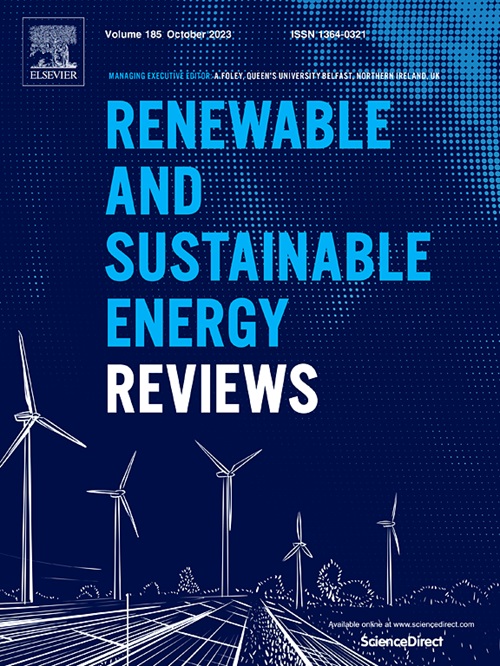Paving the way towards a sustainable future or lagging behind? An ex-post analysis of the International Energy Agency's World Energy Outlook
IF 16.3
1区 工程技术
Q1 ENERGY & FUELS
引用次数: 0
Abstract
Since 1993, the International Energy Agency (IEA) has published its flagship publication, the World Energy Outlook (WEO), which has become the authoritative report on energy statistics for the reference year and guiding energy demand developments for the decades to come. This research seeks to understand the evolution of energy demand in the WEO and how the WEO projections have performed compared to historical developments. Furthermore, this study analyses the range of future projections for the central WEO scenarios from 1993 to 2022, the outlook scenarios, compared to the scenarios aimed at higher levels of sustainability, the normative scenarios. The results suggest that while the IEA has accurately anticipated primary and final energy demand growth, it has historically overestimated the growth in fossil fuels and nuclear electricity generation and severely underestimated the growth in key renewable technologies including solar photovoltaics and wind power, the latter occurring across scenarios. Furthermore, projections beyond 2020 largely fail to anticipate the terawatt-scale PV developments that are expected by market and solar photovoltaics experts. Despite sufficient technological complexity, an artificial cap on renewables and power-to-X technology growth can be observed in favour of nuclear power, bioenergy, and fossil fuels coupled with carbon capture and sequestration. Such perspectives, especially in the normative scenarios, may impede the growth of technologies that are essential to fully defossilise energy-industry systems. Thus, increased transparency of assumptions and exploration into scenarios demonstrating the feasibility of higher variable renewable growth, and thus power-to-X applications can help spur public confidence and investments from policymakers and investors.

求助全文
约1分钟内获得全文
求助全文
来源期刊

Renewable and Sustainable Energy Reviews
工程技术-能源与燃料
CiteScore
31.20
自引率
5.70%
发文量
1055
审稿时长
62 days
期刊介绍:
The mission of Renewable and Sustainable Energy Reviews is to disseminate the most compelling and pertinent critical insights in renewable and sustainable energy, fostering collaboration among the research community, private sector, and policy and decision makers. The journal aims to exchange challenges, solutions, innovative concepts, and technologies, contributing to sustainable development, the transition to a low-carbon future, and the attainment of emissions targets outlined by the United Nations Framework Convention on Climate Change.
Renewable and Sustainable Energy Reviews publishes a diverse range of content, including review papers, original research, case studies, and analyses of new technologies, all featuring a substantial review component such as critique, comparison, or analysis. Introducing a distinctive paper type, Expert Insights, the journal presents commissioned mini-reviews authored by field leaders, addressing topics of significant interest. Case studies undergo consideration only if they showcase the work's applicability to other regions or contribute valuable insights to the broader field of renewable and sustainable energy. Notably, a bibliographic or literature review lacking critical analysis is deemed unsuitable for publication.
 求助内容:
求助内容: 应助结果提醒方式:
应助结果提醒方式:


